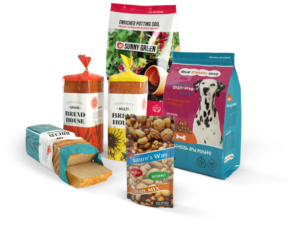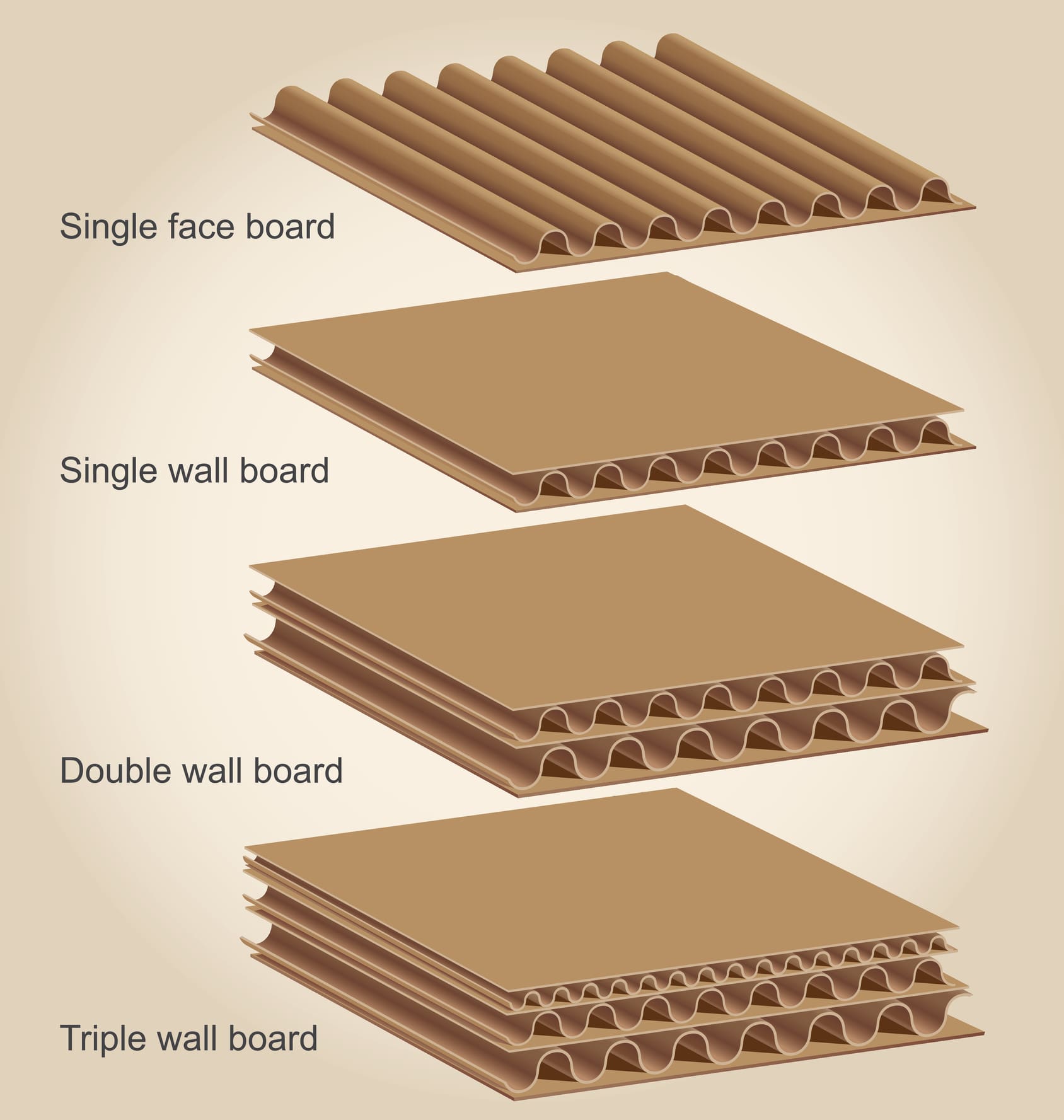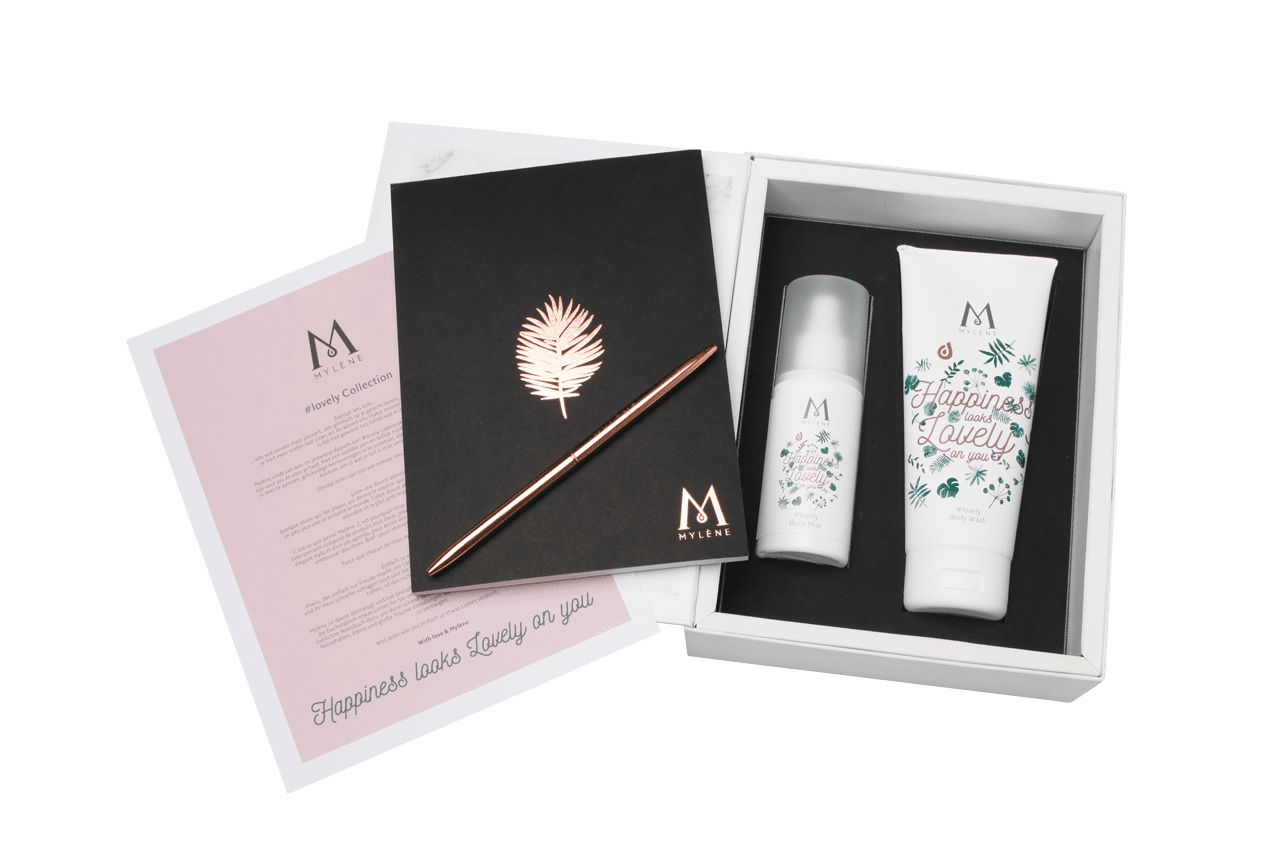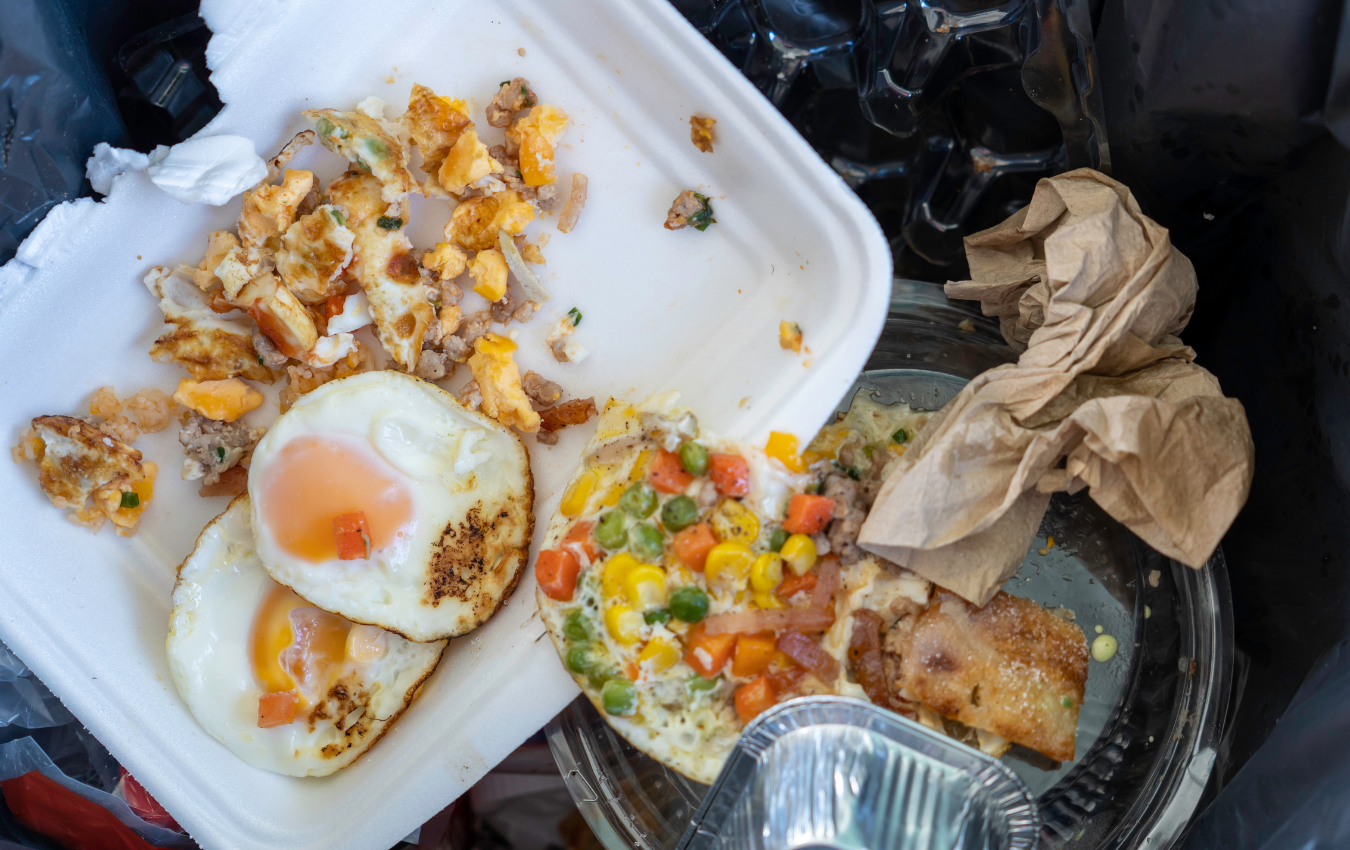Home » Protecting Your Products: The Biggest Hazards to Packaging
Protecting Your Products: The Biggest Hazards to Packaging
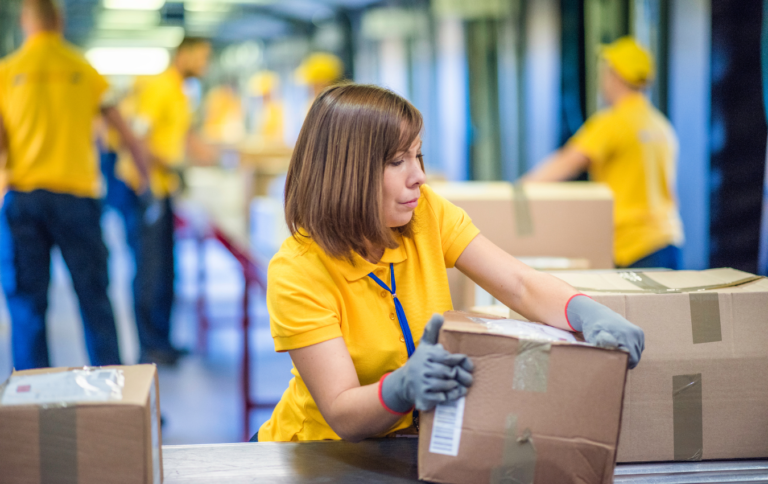
Packaging plays a crucial role in safeguarding products from various hazards that can compromise their quality, safety, and integrity. From the manufacturing floor to the store shelves and throughout the supply chain, products face several risks that can damage or spoil them if not properly addressed.
In this blog, we will explore 7 of the biggest hazards to packaging and how to mitigate them effectively.
Physical Impact
Impact during Handling and Transport:
Products often endure a series of impacts during handling and transportation. They may be dropped, bumped, or stacked under heavy loads, which can result in physical damage. To mitigate this hazard:
- Choose durable packaging materials that can withstand external pressure.
- Use cushioning materials like bubble wrap, foam, or corrugated inserts to protect fragile items.
- Ensure proper stacking and handling instructions for products during transit.
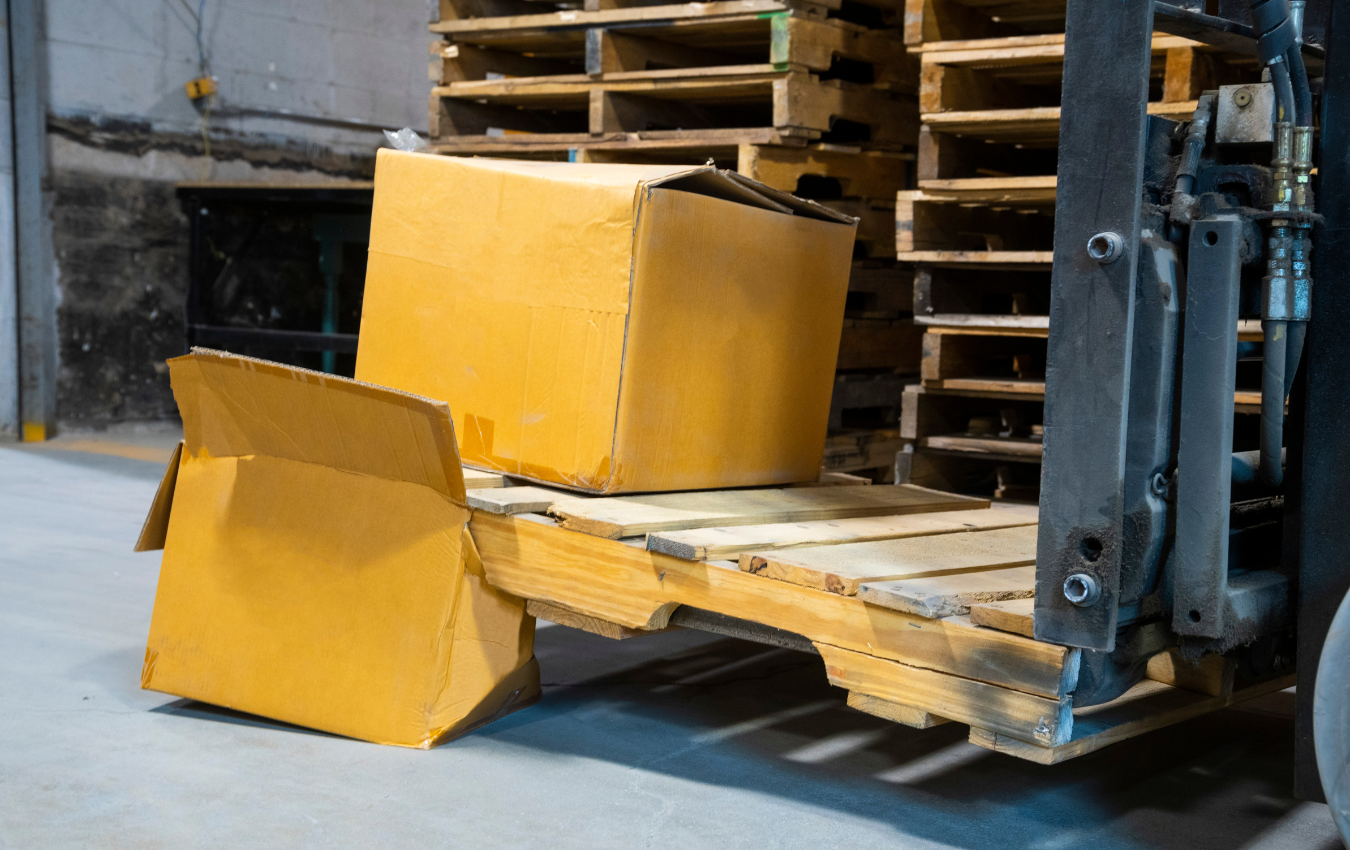
Moisture and Humidity
Exposure to Moisture:
Exposure to moisture and humidity can lead to product spoilage, mold growth, and label deterioration. Common sources of moisture include condensation, humidity, or exposure to rain. To protect against moisture:
- Use moisture-resistant packaging materials, such as laminated films or barrier coatings.
- Include desiccants or humidity control products inside the packaging.
- Store products in a controlled environment with proper ventilation and dehumidification.
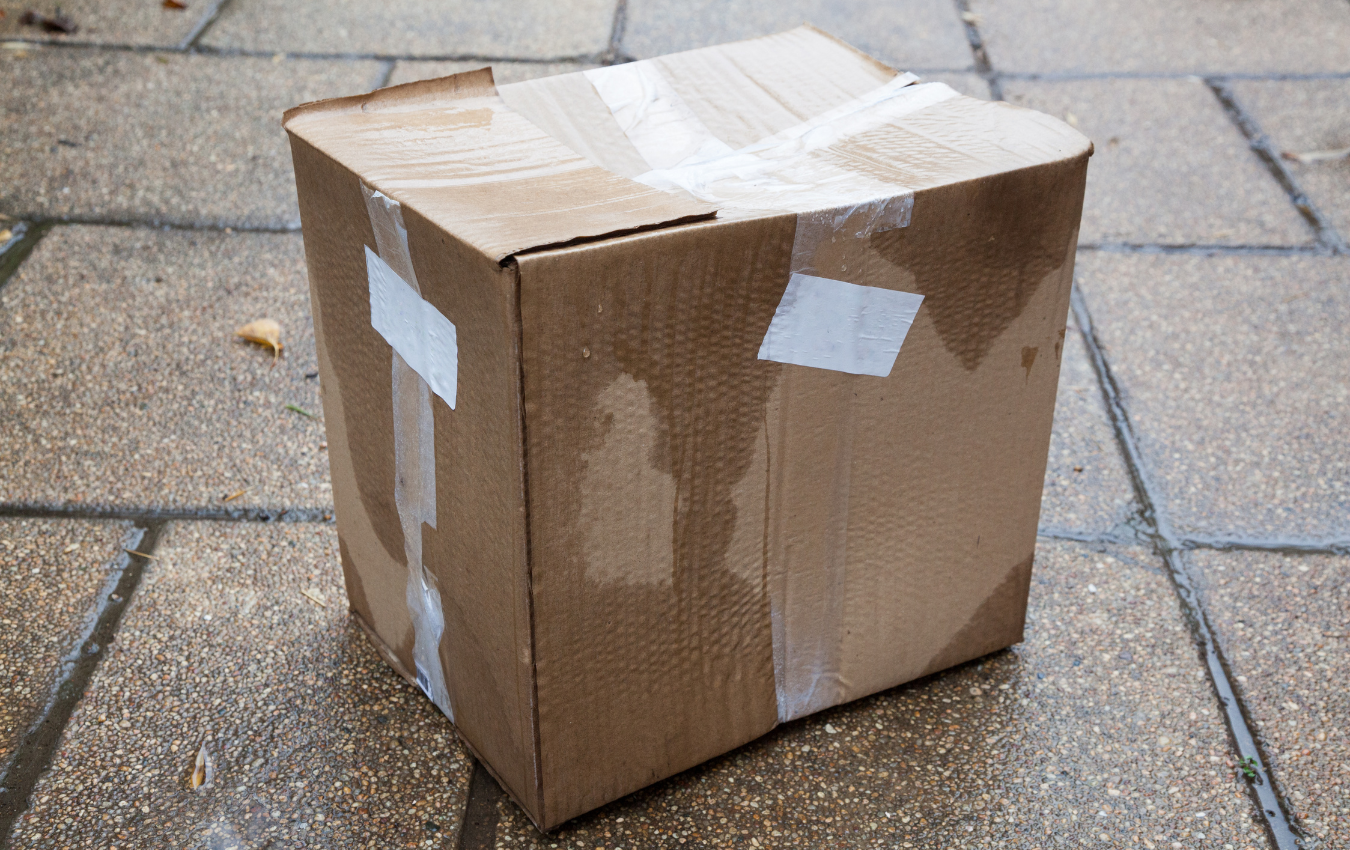
Temperature Fluctuations
Temperature Extremes:
Extreme temperatures, both high and low, can adversely affect product quality and shelf life. Frozen or overheated products can spoil, change texture, or lose flavor. To mitigate temperature-related hazards:
- Utilize insulated packaging or temperature-controlled containers when necessary.
- Follow recommended storage and transportation temperature guidelines.
- Consider phase-change materials or gel packs for temperature-sensitive items.
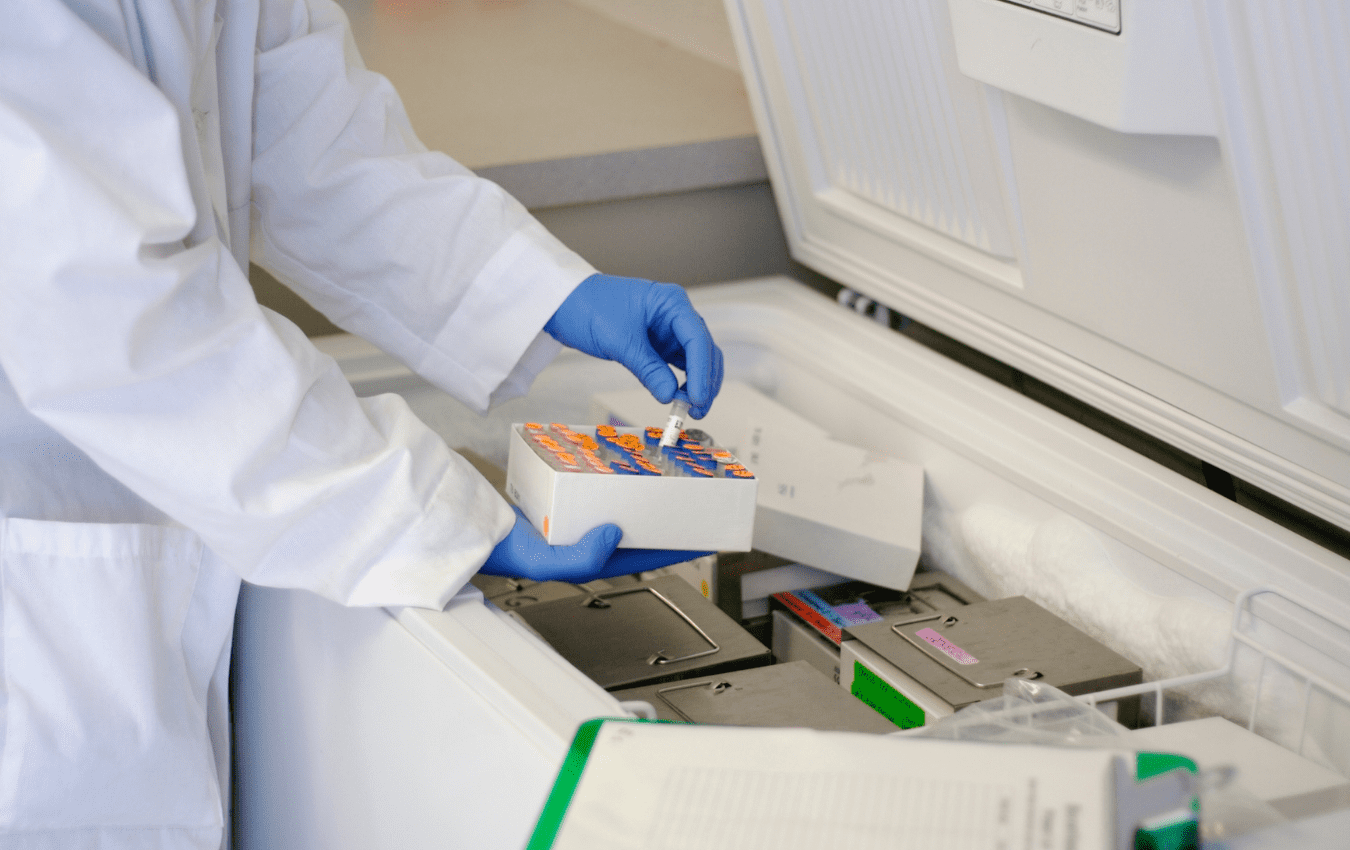
Contamination
External Contaminants:
Products can be exposed to external contaminants such as dust, dirt, and chemicals, leading to contamination risks. To minimize contamination hazards:
- Choose packaging materials that offer a protective barrier against external contaminants.
- Implement good manufacturing practices (GMP) and hygiene protocols during production and packaging.
- Regularly clean packaging equipment and storage areas.
Tampering and Theft
Tampering and Theft Prevention:
Tampering and theft are serious concerns, especially for food and pharmaceutical products. Tampering can lead to safety risks, while theft results in financial losses. To prevent tampering and theft:
- Implement tamper-evident packaging features like shrink bands, breakable seals, or tear strips.
- Use security labels that leave a visible mark when removed.
- Employ serialization and track-and-trace systems to monitor product movement.
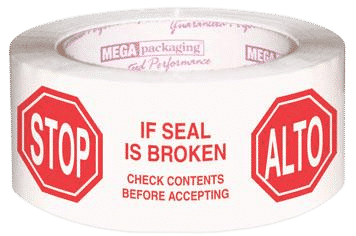
UV and Light Exposure
UV and Light Damage:
Exposure to ultraviolet (UV) and visible light can cause product degradation, discoloration, and loss of quality. This is particularly relevant for light-sensitive items like pharmaceuticals and certain food products. To counter UV and light exposure hazards:
- Use opaque or UV-resistant packaging materials.
- Consider tinted or amber containers for light-sensitive items.
- Store products away from direct sunlight or fluorescent lighting.
Oxygen and Air Exposure
Oxygen and Oxidation:
Certain products, such as perishable foods, pharmaceuticals, and sensitive chemicals, can deteriorate when exposed to oxygen. Oxygen can lead to oxidation, spoilage, or chemical reactions. To minimize oxygen exposure:
- Utilize oxygen barrier packaging materials to restrict oxygen permeation.
- Vacuum-seal products to remove air from the package.
- Implement nitrogen flushing or gas flushing to displace oxygen.
By addressing these major hazards to packaging, you can enhance the protection of your products throughout their journey from production to the hands of consumers. Tailoring your packaging solutions to specific product characteristics and understanding the risks involved is essential for maintaining product quality, safety, and customer satisfaction.
If you are interested in safe and proper packaging, then partner with Brown Packaging today to get started.
With new tariff proposals and continued trade uncertainty, 2026 is shaping up to be another pivotal year for packaging sourcing strategy. Many companies that shifted production away from China in
Following multiple rounds of tariff changes and trade policy adjustments, 2026 marks a turning point for U.S. packaging buyers. Many who previously transitioned from China to domestic or nearshore suppliers
Shifting packaging production from China to the U.S. can help stabilize costs, reduce tariff exposure, and shorten lead times. But the transition process requires careful planning. For packaging buyers, the
RSC boxes are known for their efficiency and versatility, but their performance ultimately comes down to strength. Buyers often see numbers like ECT, BCT, and burst strength on specifications —
Home » Protecting Your Products: The Biggest Hazards to Packaging


